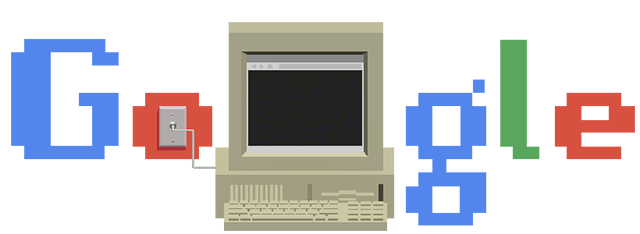Tim Berners-Lee, a British scientist, invented the World Wide Web (WWW) on March 12, 1989 at CERN, a research organization near Geneva. The web was originally conceived and developed to meet the demand for automated information-sharing between scientists in universities and institutes around the world.
The first website at CERN – and in the world – was dedicated to the World Wide Web project itself and was hosted on Berners-Lee’s NeXT computer. CERN is now giving users access to the first website created.

On 30 April 1993, CERN put the World Wide Web software in the public domain. Later, CERN made a release available with an open licence, a more sure way to maximise its dissemination. These actions allowed the web to flourish.
Link to the first website of the world – http://info.cern.ch/hypertext/WWW/TheProject.html
Titled “World Wide Web”, the website has hyperlinks to different documents related to the web. Here, users can find out what is hypertext, a summary of the project, software products and help with the browser.
The browser was first released to “limited audience” in March 1991, and then made available to central CERN machines later on May 17. It was finally available for public use in August, 1991.
The Man Who Invented The World Wide Web Has Mixed Feelings About What The Internet Has Become
The inventor of the World Wide Web knows his revolutionary innovation is coming of age, and doesn’t always like what he sees: state-sponsored hacking, online harassment, hate speech and misinformation among the ills of its “digital adolescence.”
Google also has a special doodle celebrating the 30th anniversary of WWW.




